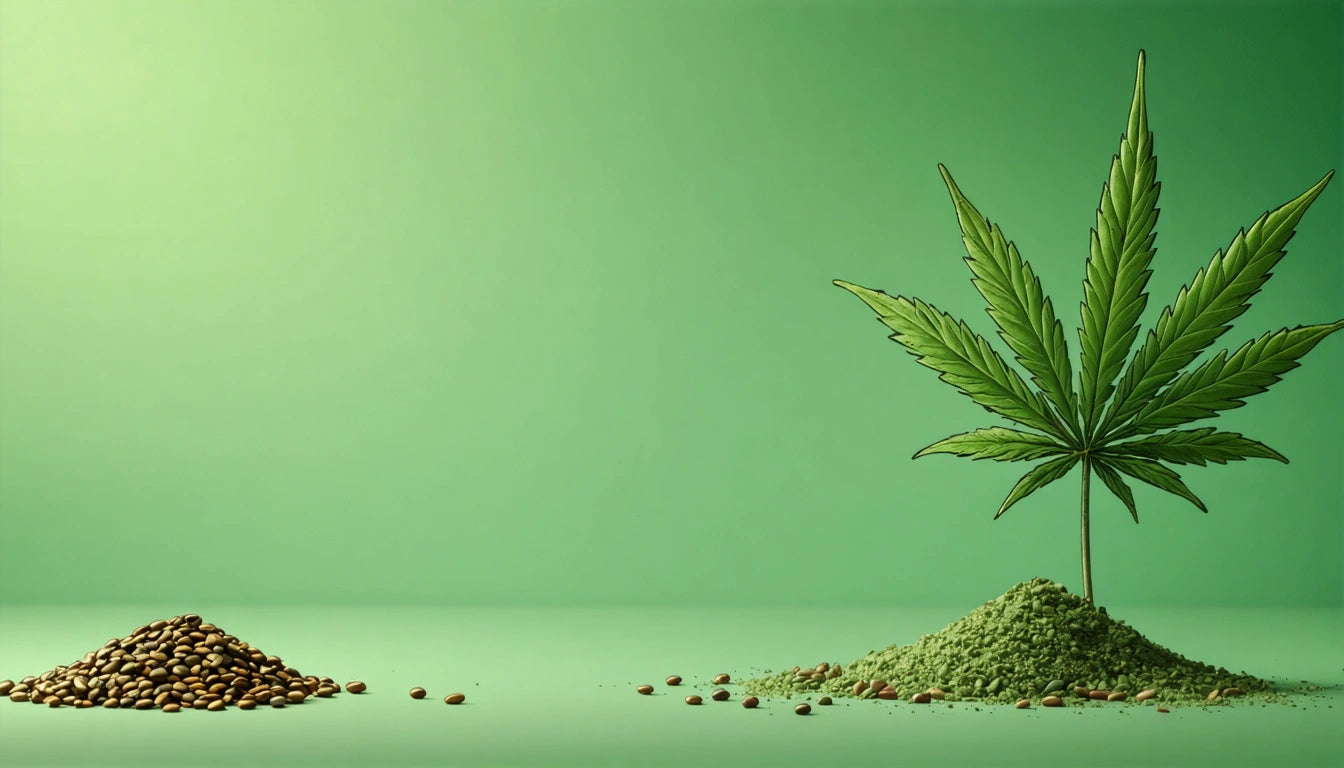Table of Contents
How Many U.S. States Have Legalized Marijuana?
The landscape of marijuana legalization in the United States continues to evolve rapidly. As of 2024, a significant number of states have legalized cannabis in some form, whether for recreational use, medical purposes, or both. This comprehensive guide examines how many states have legalized marijuana and the current status of cannabis legislation across the country.
Current Legalization Status Across the U.S.
As of 2024, marijuana has been legalized in various capacities across the United States. Currently, 24 states plus Washington D.C. and several territories have legalized recreational marijuana for adult use. Additionally, 38 states have comprehensive medical marijuana programs in place. This means that a majority of Americans now live in states where some form of legal cannabis access exists.
The rapid expansion of legalization has created significant opportunities for businesses in the cannabis industry, including the need for compliant storage solutions that maintain product freshness and meet regulatory requirements, which has become increasingly important as the market matures.
States with Recreational Marijuana Legalization
The following states have legalized recreational marijuana for adult use (21+):
- Alaska
- Arizona
- California
- Colorado
- Connecticut
- Delaware
- Illinois
- Maine
- Maryland
- Massachusetts
- Michigan
- Minnesota
- Missouri
- Montana
- Nevada
- New Jersey
- New Mexico
- New York
- Ohio
- Oregon
- Rhode Island
- Vermont
- Virginia
- Washington
- Washington D.C.
Each of these states has implemented its own regulatory framework for recreational cannabis, including different rules for possession limits, home cultivation, and retail sales. According to this detailed breakdown of recreational marijuana states, the specific regulations vary significantly from one jurisdiction to another.
States with Medical-Only Marijuana Programs
In addition to states with recreational legalization, several states maintain medical-only programs:
- Alabama
- Arkansas
- Florida
- Georgia (limited)
- Hawaii
- Iowa (limited)
- Kentucky
- Louisiana
- Mississippi
- New Hampshire
- North Dakota
- Oklahoma
- Pennsylvania
- South Dakota
- Utah
- West Virginia
These medical marijuana programs vary widely in scope and accessibility. Some states offer comprehensive medical cannabis programs with dispensaries and a range of products, while others have more restrictive programs limited to specific conditions or non-THC products.
States with Limited Medical Programs
Several states have extremely limited medical cannabis programs that typically only allow CBD oil or low-THC products for specific medical conditions:
- Idaho (no program)
- Indiana (CBD only)
- Kansas (CBD only)
- North Carolina (limited)
- South Carolina (limited)
- Tennessee (limited)
- Texas (limited)
- Wisconsin (limited)
- Wyoming (limited)
Recent Changes in State Marijuana Laws
The past few years have seen significant momentum in marijuana legalization efforts. Some of the most recent states to legalize recreational marijuana include:
- Ohio (2023)
- Delaware (2023)
- Minnesota (2023)
- Maryland (2023)
- Missouri (2022)
- Rhode Island (2022)
These recent legalizations reflect the continuing trend toward broader acceptance of cannabis across the United States. As detailed in this analysis of current and upcoming states legalizing recreational weed, the momentum shows no signs of slowing down.
States with Pending Marijuana Legislation
Several states are actively considering marijuana legalization through legislative action or ballot initiatives:
- Florida (2024 ballot initiative)
- Pennsylvania (active legislation)
- North Carolina (medical legislation)
- Nebraska (medical initiative)
- South Dakota (potential ballot measure)
The number of states with legalized weed is expected to grow as these initiatives progress through the legislative process or appear on upcoming ballots.
Legalization Trends and Future Outlook
The trend toward marijuana legalization continues to gain momentum across the United States. Several key patterns have emerged:
Regional Adoption Patterns
Legalization has spread in regional clusters, with the West Coast and Northeast leading adoption, while Southern states have generally been more conservative in their approach. However, this regional divide is gradually diminishing as more conservative states begin implementing medical programs.
According to this comprehensive guide to legal and illegal states, the map of marijuana legalization is increasingly showing fewer gaps.
Federal Considerations
While marijuana remains federally classified as a Schedule I controlled substance, recent developments suggest potential changes on the horizon:
- Rescheduling discussions at the federal level
- Banking reform initiatives
- Interstate commerce considerations
These federal developments could significantly impact how many states ultimately legalize marijuana and how existing state programs operate.
As legalization continues to spread, businesses and consumers alike must stay informed about the evolving legal landscape. Whether you're interested in the industry from a business perspective or simply curious about where weed is legal in the United States, the trend toward broader acceptance of cannabis appears set to continue.











Leave a comment
All comments are moderated before being published.
This site is protected by hCaptcha and the hCaptcha Privacy Policy and Terms of Service apply.